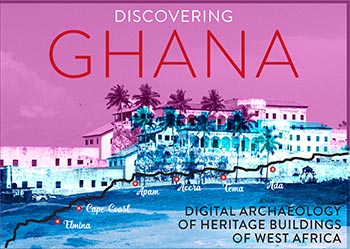
Eight University of Rochester students are participating in a field school in Ghana this summer, studying historic coastal forts built as early as the 15th century, with particular emphasis on Elmina Castle. Led by Professors Renato Perucchio, Michael Jarvis, and Chris Muir, and teaching assistant William Green, the students are studying the engineering, historical, and cultural aspects of these structures; visiting other points of interest in Ghana – and sharing their experiences in this blog.
One of the more memorable events that happened in our third week in Ghana was our trip to Kakum National Park. Kakum is a tropical rainforest that was established as a national park in 1992. Kakum National Park features a canopy walkway about 350 meters long and 40 meters above the rainforest terrain.
Our tour guide Naomi pointed out that this rainforest was home to endangered species such as African elephants and the Diana monkey. Kakum National Park also hosts over 266 species of birds. The fact that the local people, many of whom are living in poverty, took such initiatives to preserve such a space for the animals is inspiring. If they can do something like this, why not the rest of us? There is something special about observing and connecting with nature the way we did. The feeling of standing 40 meters above a tropical rainforest and just listening to all the sounds around you is an incredible experience.
Earlier in the week, Professor Jarvis introduced us to photogrammetry. Photogrammetry is the process of mapping and surveying a field of vision with digital single-lens reflex, or DSLR, cameras. I found this introduction especially important. I believe the beauty behind photogrammetry is not about the results, but about the process of creating millions of different points from pictures taken. Having the points later mesh into a solid, all through a computer program, is simply amazing.
It amazed me how everyday objects can be transformed into digital data and eventually displayed in such detail in the virtual world. The first introduction to photogrammetry really reminds me how advanced and accessible technology has become over the years. Photogrammetry used to be only available to the army and is now available to the public. I feel incredibly privileged to be introduced to such a powerful tool and taught how to use it.
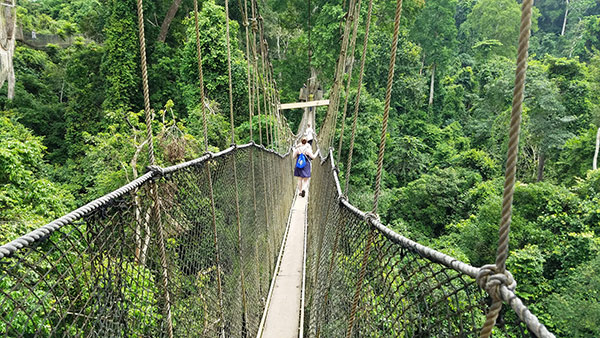
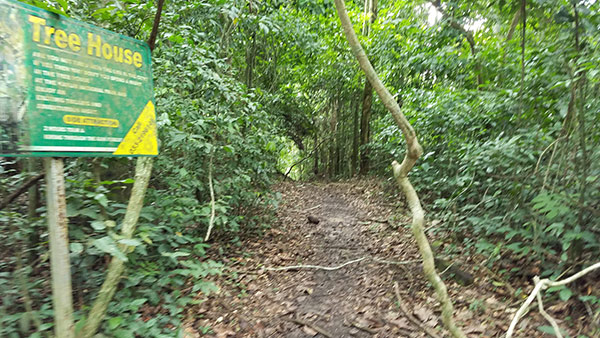
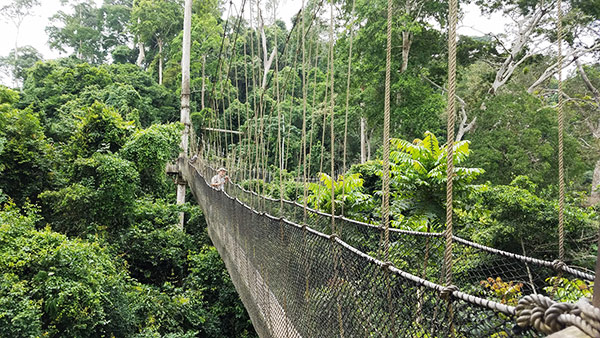
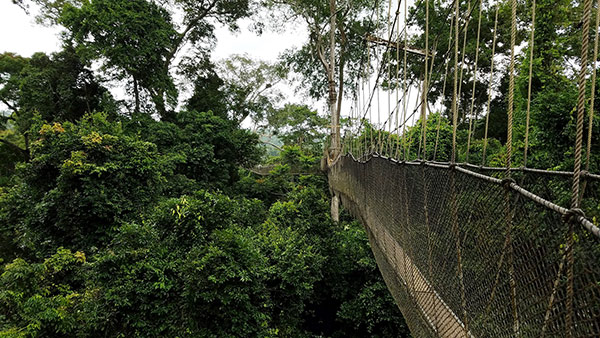
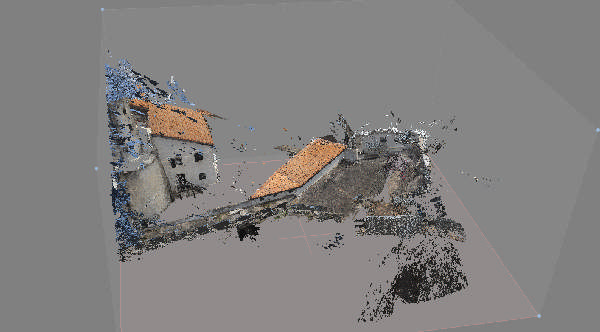
Alan Xu ’18 is a mechanical engineering major.
